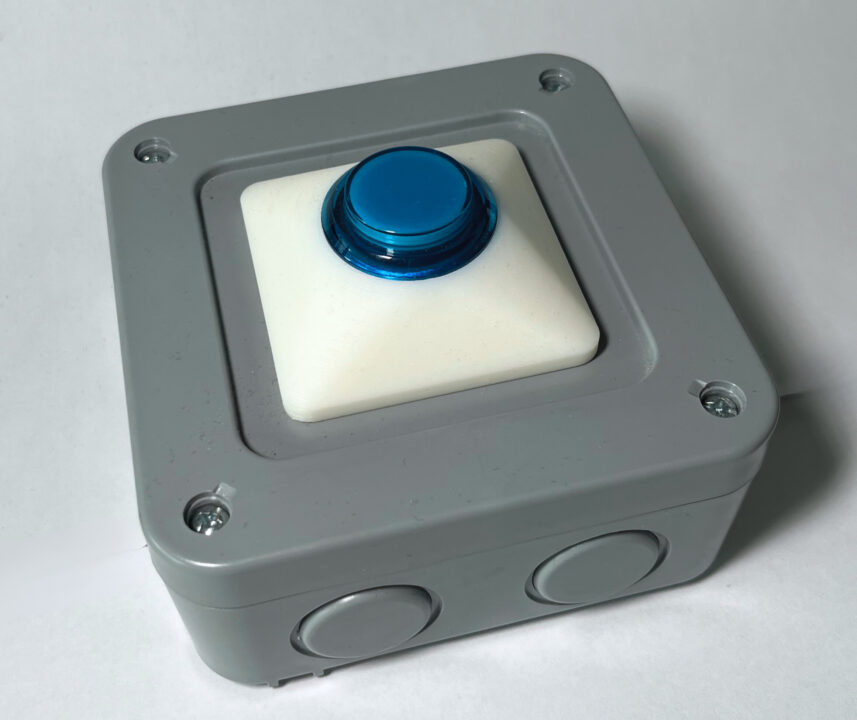Proof of concept is taking the theory behind your product and testing its feasibility. This process allows us to turn brilliant ideas into something practical.
Why is proof of concept important?
Proof of concept is the first step in transforming your idea into a success. It is how you prove to yourself and others that your project can (and will) function how you intend it to. As engineers, it is our job to analyse and test your concept. We can identify pain points and critical requirements before the project moves forward.
When we refer to pain points, these are risks to the project’s development. For example, it could be that we are dealing with something where the technology doesn’t exist or something that we don’t know how to do (yet). By identifying what we know the least about, we will know what needs tackling first.
It is crucial to highlight that proof of concept is not a finished product. Instead, it studies an idea’s feasibility in a low-risk environment. Our job is to address if your project is good to go to the next stage before you invest significant time and money.
What is an example of proof of concept?
One of our ongoing projects, Push to Talk, has been taken from proof of concept to prototype. The proof of concept is simple in its design because the core focus is on functionality. This means we get the necessary answers using less time and materials.

Push to Talk proof of concept
The idea behind Push to Talk was to create a device that could easily allow people to converse by pushing a button. This essentially required us to create two things: software and a physical device. The aesthetics of the device are not important at the proof of concept stage, so our main focus was on fitting the technology required into an enclosure that was no bigger than an alarm clock. This was to ensure that, eventually, we could create a button that would look discreet in someone’s home. For the software, we needed to prove that we could enable data to be sent from a device to the internet without needing Bluetooth, mobile data, Wi-Fi or broadband. Once we had proof that everything functioned how we needed it to, we could move on to the next stage: prototyping.
What’s the difference between proof of concept and prototype?
You should only create a prototype once you have a working proof of concept. During the design process, it’s simple to think of a proof of concept as step one and a prototype as step two. When you move on to prototyping, you can think more about the physical appearance of your device and how to introduce it to the public for trials and testing.

L: Push to Talk proof of concept. R: Push to Talk prototype.
You can read more about our Push to Talk prototype here.
Our services
As a collaborative partner, we are here to help you transform your ambitions into reality. All the projects we have worked on have involved creating or developing something fundamentally new. Our experience gives us an advantage in creating proof of concepts as we have extensive knowledge of what approaches succeed.
We work with both smaller and larger organisations. For creators, artists, designers, and small businesses, we step in to provide technical knowledge. Our expertise allows us to support those who want to take their first step towards creating something extraordinary. By providing proof of concept, we help artists, entrepreneurs and creators show off something physical that they know works, putting them in a position to take the next step in their project.

Tap Tap Proof of Concept
One of our collaborations with tech entrepreneur Connor Di Leo saw us create a proof of concept for “Tap Tap”, a device that takes small payments at live music events and gigs so musicians can receive tips and donations. As well as creating bespoke software that reads contactless payments to simulate how multi-tap donation payments would work, we also designed a 3D-printed case for the electronics to ensure the device can travel well for demonstrations and be long-lasting.
Ready to test your idea?
If you have an idea waiting to be turned into a reality, get in touch with us at contact@defproc.co.uk.
Make sure to follow DefProc on Twitter and Instagram, and connect with Jen and Patrick on LinkedIn.
We can’t wait to hear from you!

